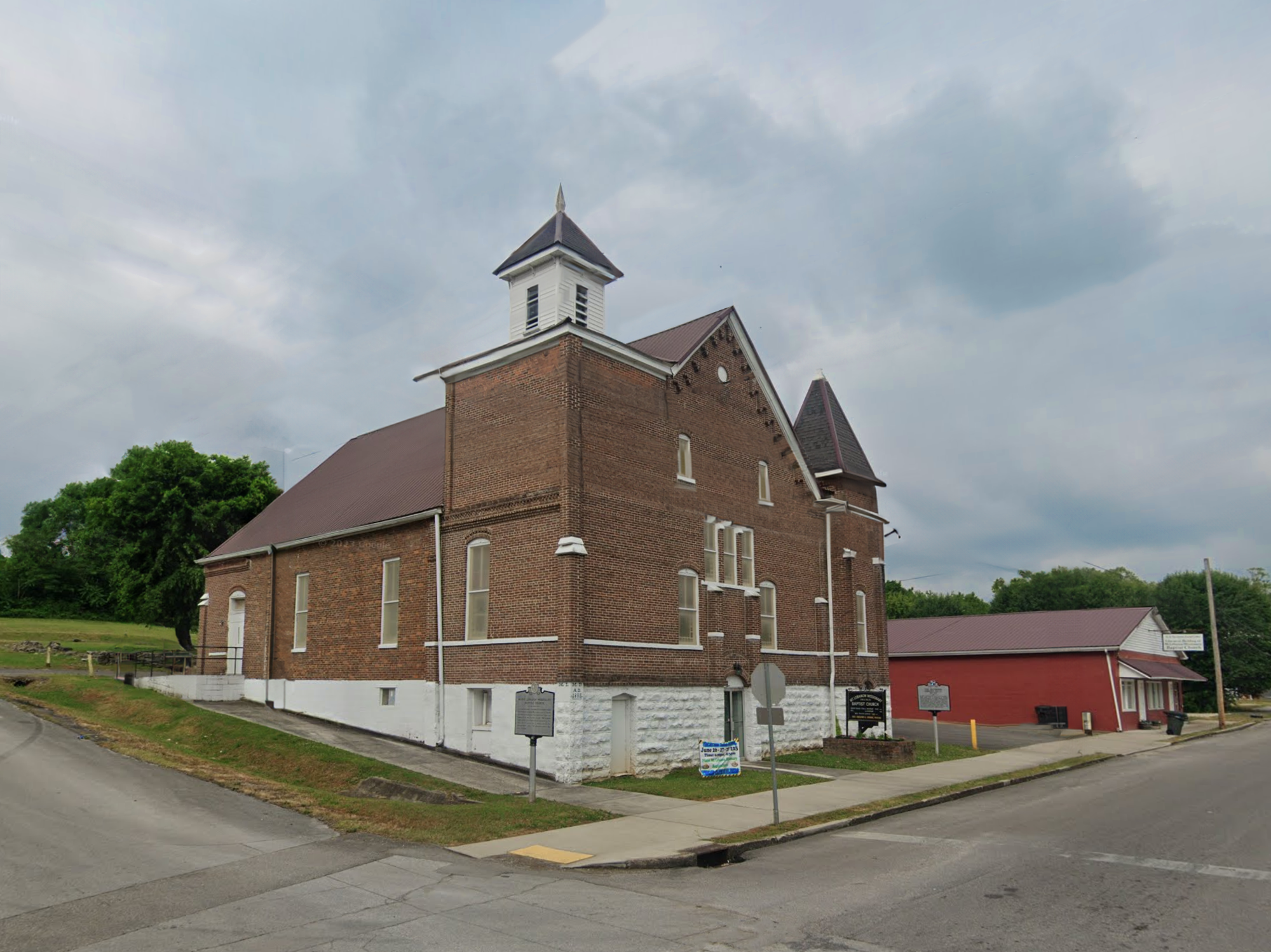COLUMBIA LANDMARKS
CPJI believes the landmarks that are important to Columbia’s Black community are more than just buildings or spaces. They are symbols of the community’s resilience and culture, and they should not be forgotten. Telling the stories of landmarks is a necessary part of celebrating the contributions and progress that Black people have made to Columbia.
We will continue to add highlights to this page. If there is a landmark you would like to see included, submit your suggestions here. You can learn more about Columbia’s Black community schools here.
EAST 8th STREET
Once a bustling neighborhood dotted with thriving businesses, churches and entertainment venues, the historic East 8th Street neighborhood, historically known as “the Bottom,” served as the center of the Black community’s life in Columbia. These enterprises included barber and beauty shops; bars, restaurants and pool halls; the A.J. Morton Funeral Home; and the Gem Theatre, thought to have once hosted Olympian Jesse Owens. Yet, despite being part of the National Historic Registry since 1983, 8th Street has experienced several failed attempts to rebuild and revitalize the area, leading to upkeep and development that pale in comparison to that of the city’s downtown square.
CPJI is committed to restoring the neglected East 8th Street neighborhood as the vibrant center of the Black business community. Learn about how CPJI’s Pocket Park project will invite tourists to discover the historic neighborhood and give locals a space to gather, learn and play →
FAIRVIEW PARK
Fairview Park in Columbia is a historic park that has played an important role in the Black community for decades. Purchased in 1938 by the city of Columbia, Fairview Park was one of the few parks where Black residents could go to play baseball and socialize.
Throughout the years, the park expanded, and a football field was added for night games. College Hill High School played at the park against Tullahoma High School the night the field was dedicated, on October 21, 1940.
Watch this video from Columbia Parks & Recreation to learn more about the legacy of Fairview Park.
Fairview Park declined in the 1950s and was closed in the 1970s. For 20 years, the park sat idle, until community members came together in 2012 to rebuild the park. Thanks to their fundraising and volunteer efforts, the park reopened in 2013 and is now a popular space for the community to play sports and spend time together.
In October 2023, the Fairview Park Community Center was renamed The Dr. Christa Secrest Martin Community Center, in honor of Dr. Martin’s more than 30 years of service to the Maury County community.
MT. LEBANON MISSIONARY BAPTIST CHURCH
Founded in October 1843 by a group of former slaves (and two who had not yet gained their freedom), Mt. Lebanon Missionary Baptist Church has been serving the Black community in Maury County for over 100 years. It also served as a school during Reconstruction. Today, it is the oldest Black Baptist congregation in Tennessee.
FIRST MISSIONARY BAPTIST CHURCH
First Missionary Baptist Church was founded in 1865, shortly after the Civil War. The church was originally known as the First Colored Baptist Church but was renamed First Missionary Baptist Church in 1900. The church has played an important role in the Black community in Columbia for generations, inviting them to worship, socialize and connect through their history.
SAINT PAUL AFRICAN METHODIST CHURCH
Known as Saint Paul A.M.E. Church, this church was originally a group who gathered weekly in the basement of the Methodist Episcopal Church. In 1840, they created their own church on the bank of the Columbia Duck River and in 1867 they organized into Saint Paul A.M.E. In 1888, the first county school for Black students was built on the church lot.





